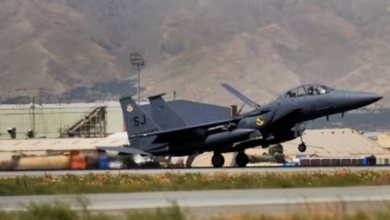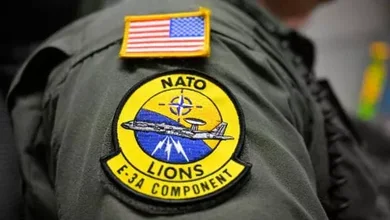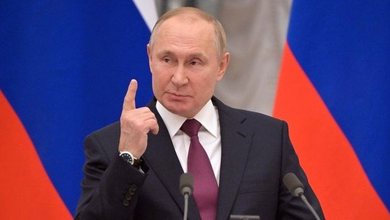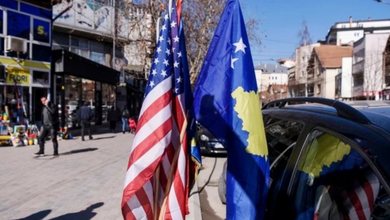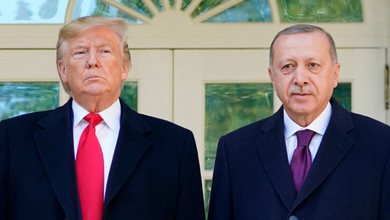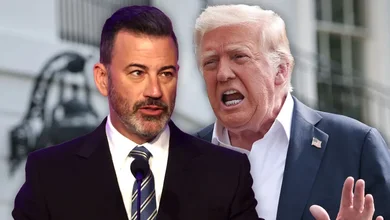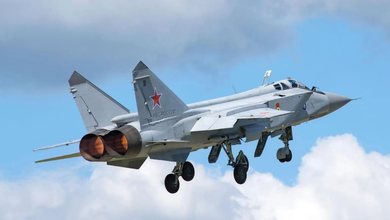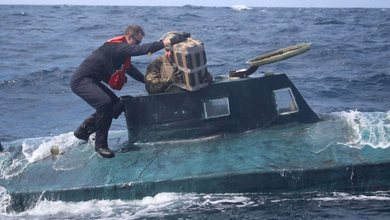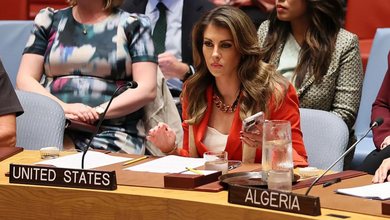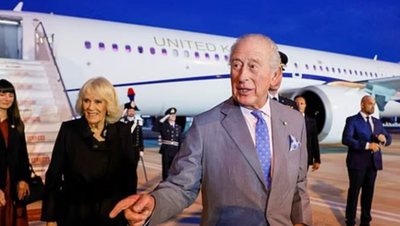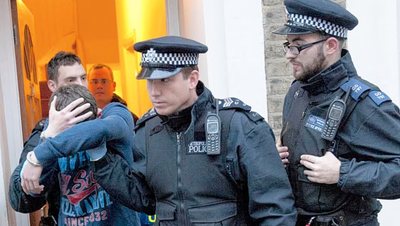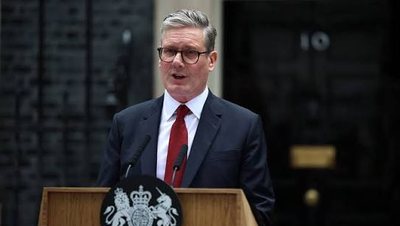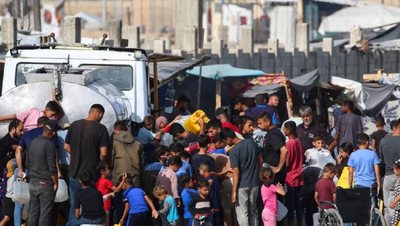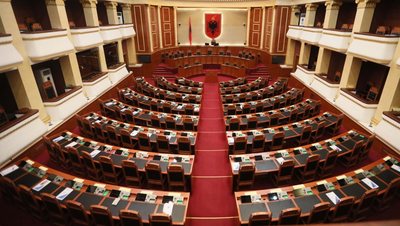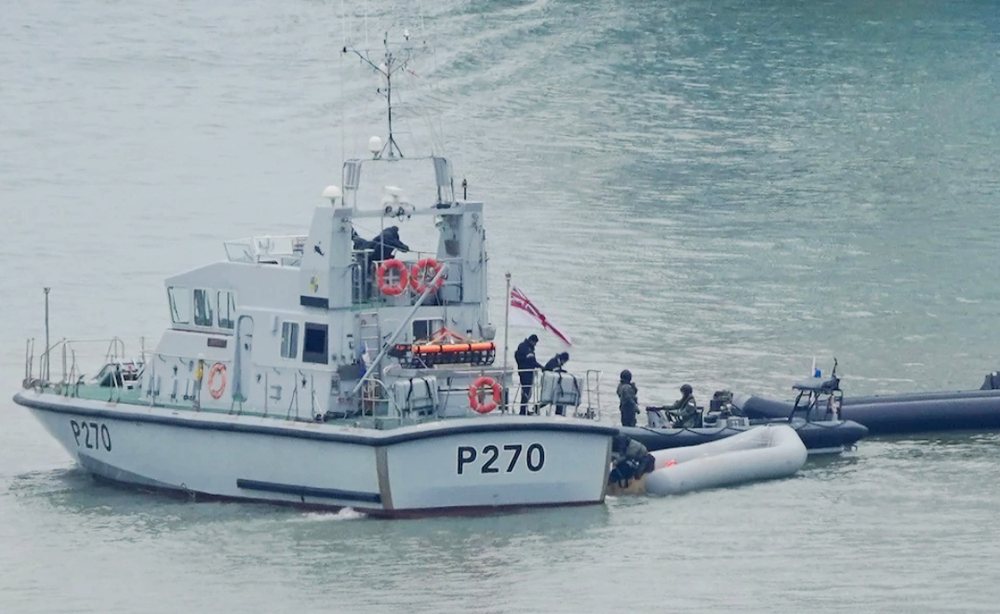
A few days ago during a press conference in London, alongside British Prime Minister Sir Keir Starmer, at the end of his second state visit to Britain, US President Donald Trump proposed a simple solution to stop the flow of dinghies crossing the Channel: call in the Navy.
“You have people coming, and I told the Prime Minister how I would stop it,” Trump said, citing a conversation with Starmer at Chequers. “It doesn’t matter if you bring out the military, or what tool you use.”
In a week when Starmer's government was facing legal hurdles in its efforts to curb illegal immigration, Trump's intervention was probably the last thing Downing Street would have wanted. But was he right? Could the army be effective where the Border Force has failed?
Trump, in his second term, has received praise for reducing illegal immigration from the Mexican border to historic levels. He mobilized thousands of additional troops and two Navy ships to patrol the coastline.
However, if Trump thought he was giving the British government something to think about, the response from Trade Minister Peter Kyle to the BBC was blunt:
"We have the Border Force. It has been strengthened, it has more resources and more powers. The British Navy cooperates with them and can be engaged if necessary."
This sensitivity is understandable, given the chaos that surrounded the launch of the government’s new “one in, one out” scheme. Successive legal challenges delayed the return of a group of migrants to France, while six more dinghies were reported to have set off from France – bringing the total number of crossings this year to over 31,000, the highest ever.
Can the military help?
In theory, the Armed Forces – particularly the Navy – could significantly augment the current Border Force operations in the Channel. One example is Australia’s “turn-back policy”, which in the early 2010s stopped the flow of smuggling boats from Indonesia. The Australian Navy intercepted the boats, transferred people to offshore asylum centres in Papua New Guinea or Nauru, and returned them in remotely controlled vessels.
But British ministers point out that Britain's situation is different: the US has a 2,000-mile land border with Mexico, while Australia operates in international waters. Meanwhile, dinghies in the English Channel are often already within British waters when they are seized – and at that point, authorities are obliged to take responsibility for the people on board.
Even Starmer's harshest critics acknowledge that he is constrained by international law - meaning that even the military can't do much unless Britain moves away from existing international agreements.
Former Home Secretary Suella Braverman says:
"I have long said that this is an invasion and a national security crisis. This requires a military response - President Trump's comments are reasonable and practical.
But this can only happen if we move away from the European Convention on Human Rights and the outdated international treaties that tie Parliament's hands and make Britons insecure."
Law of the Sea: Migrants cannot be turned away
Under the UN’s “Law of the Sea,” maritime authorities are obliged to assist any ship in distress – including the dangerous dinghies carrying migrants, which smuggling groups deliberately use. This duty falls on both Navy and Border Force vessels – meaning the Navy could also end up as a “migrant taxi,” despite its original purpose.
However, some experts believe the Navy could have a real impact, through better management of operations. Chris Parry, a former senior officer in the Royal Navy, says he has long proposed an “integrated naval operation” in the Channel.
"The navy is much more efficient at organising maritime operations and monitoring. They can significantly improve oversight and coordination," Parry said. According to him, many Border Force staff do not have the political will for this task.
But what happens after the rafts are captured?
The problem, experts say, is not just catching migrants at sea – it's what happens to them afterwards. Former Border Force chief Tony Smith says:
"It doesn't matter if it's the Navy or the Border Force - the law is the same. You have an obligation to save people. Trump talks about land borders, but in the Channel people are in danger of drowning."
Former Australian Foreign Minister Alexander Downer, who helped design the asylum scheme in Rwanda, also questions the application of the Australian model in Britain:
"In Australia we knew what to do with the boats. Britain will not force migrants to return to France because that would strain relations with Paris."
The previous operation failed.
In fact, the British Navy was already engaged in the Channel, in early 2022, through Operation Isotropic, under the government of Boris Johnson. But the operation was suspended less than a year later. The military ships began to be considered a “magnet” for migrants, and the tactics to turn them back were considered dangerous due to the heavy traffic in the English Channel – the busiest sea route in the world.
Former Armed Forces Minister James Heappey claimed: “The Ministry of Defence was very concerned about the damage to the Navy’s reputation if aggressive tactics were employed against migrants in the Channel.”
So then, what solution is left?
Most of the alternatives have already been discussed. Another idea is to deploy tethered buoys as a barrier, like those on the Rio Grande River on the US-Mexico border. But Downer says that's impossible in the English Channel, due to the high shipping traffic.
And what is his proposal?
Without hesitation, Downer says something that may be even more unpopular with the government, something that may be even more unpopular with Keir Starmer's government than Trump's proposal itself:
“Reinstate the Rwanda plan – I’m sorry to say it, but it was the best option we had so far,” he declares.
According to him, the scheme to transfer asylum seekers to Rwanda, which was initiated by the Conservative Party and cancelled by Labour as soon as it took power, had a deterrent effect and could have stopped the flow of boats, if it had actually been implemented.
Conclusion: International laws are the main obstacles
Despite the tough rhetoric, the use of the British military to stop migrants in the Channel remains limited by international laws, which do not allow migrants to be turned back without offering them the opportunity to seek asylum.
Moreover, any hasty action risks worsening relations with neighbors – especially France – and damaging Britain's international reputation for respecting human rights.
If the British government is not willing to depart from international conventions such as the ECHR (European Convention on Human Rights), then – as many senior officials acknowledge – the Navy will also be forced to follow the same rules as the Border Force, and thus its potential to “stop dinghies” remains more symbolic than practical.
Trump, as always, offers a simplistic solution to a complex problem – but the legal, diplomatic and operational reality in the Canal is far more complicated than a call for the Navy’s help.
The Telegraph



